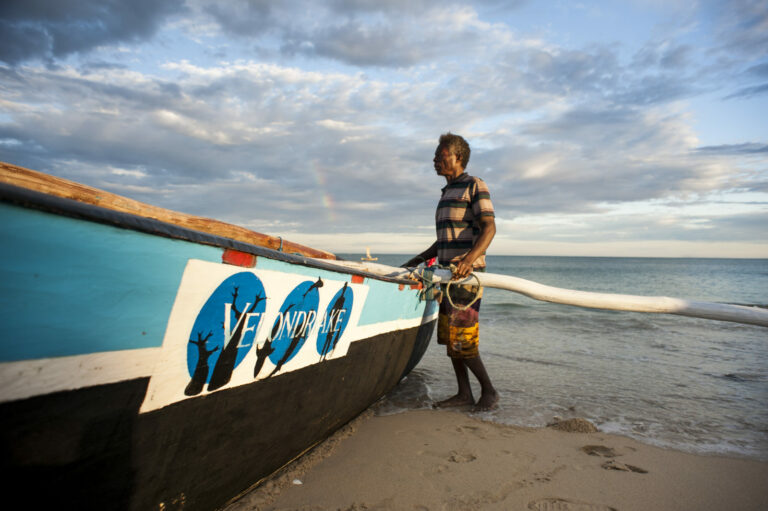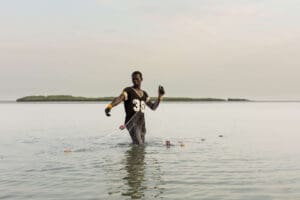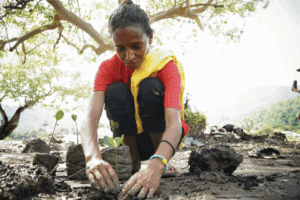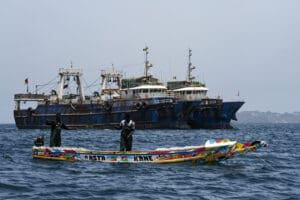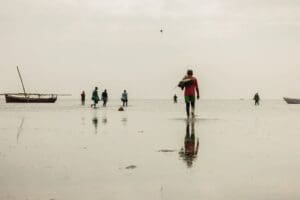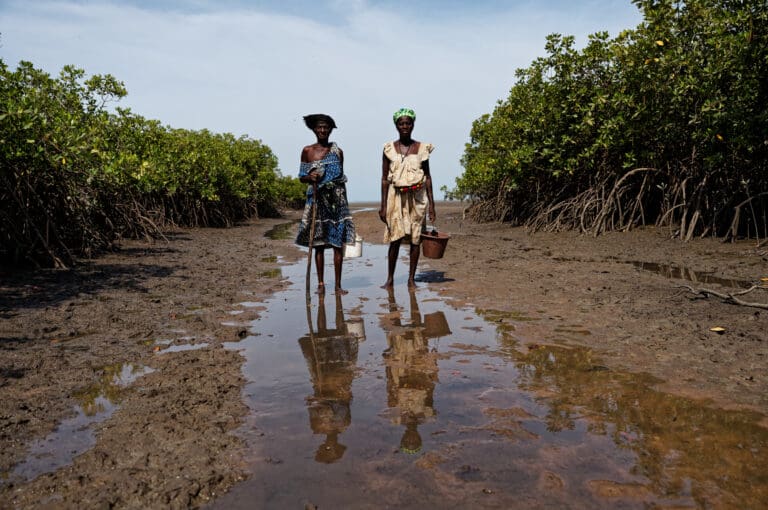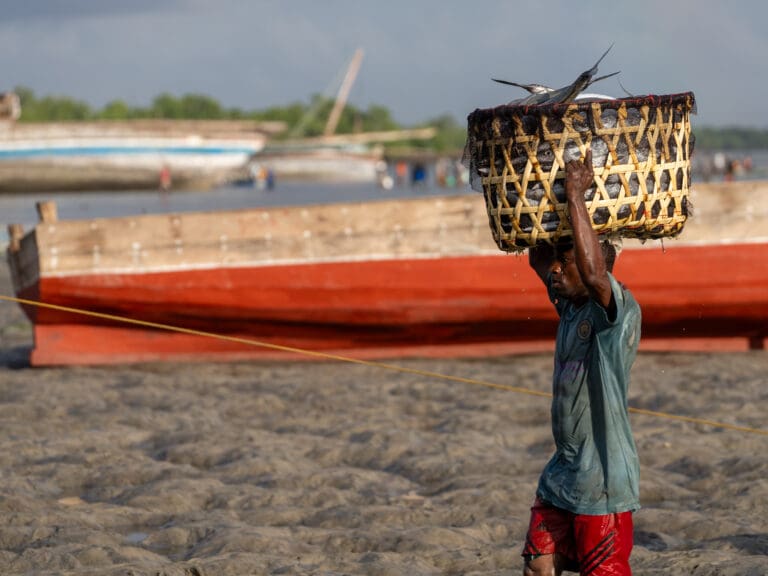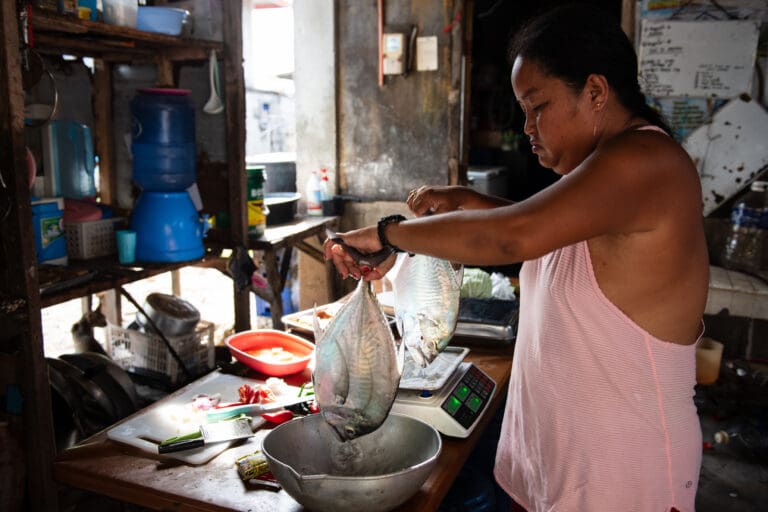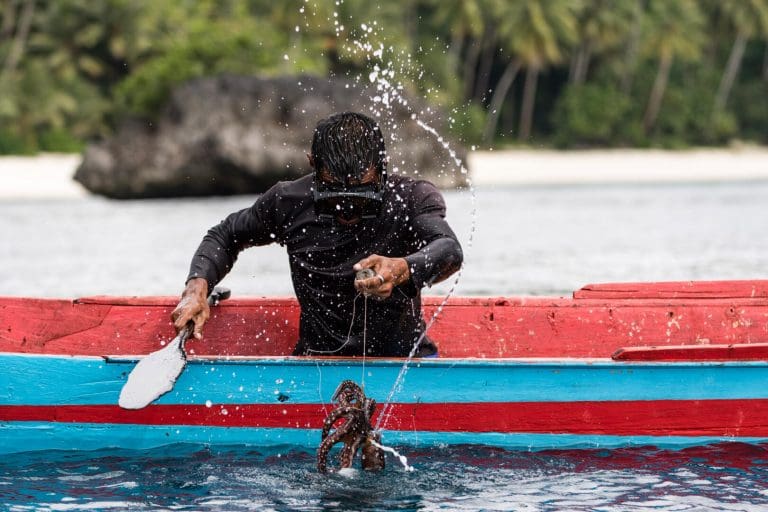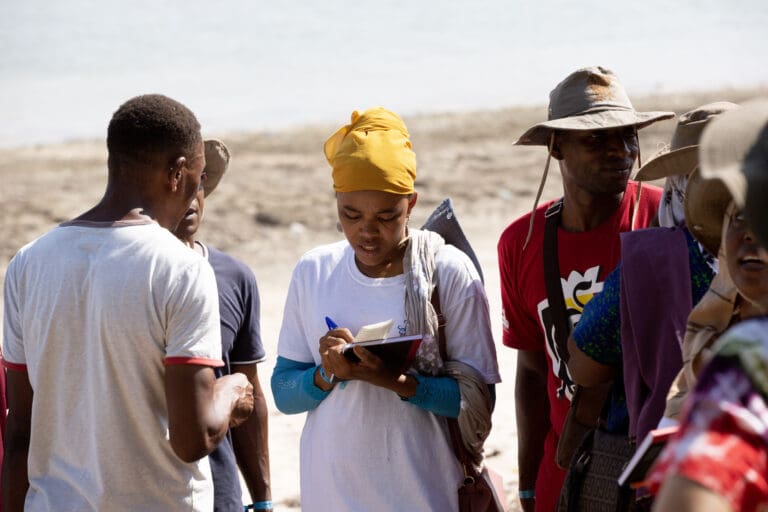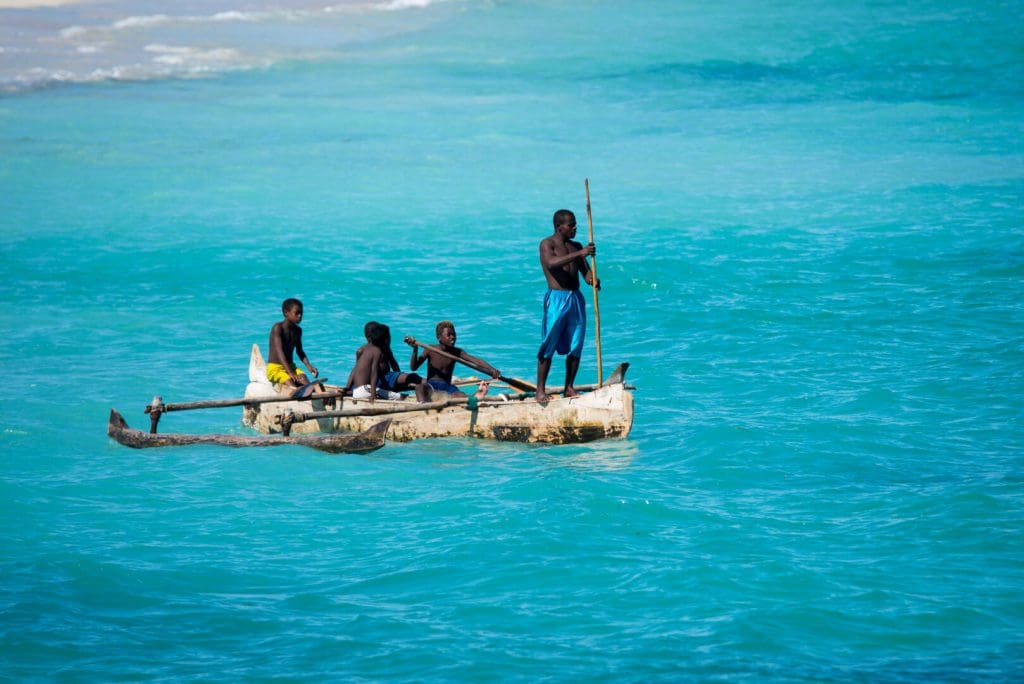Between 2003 and 2016, Madagascar’s protected area coverage quadrupled. Such unprecedented growth brought great hope, some notable successes and a host of new challenges for the island’s conservation community.
Co-authored by Charlie Gardner from the University of Kent and other practitioners involved in the evolution of the island’s protected area system, including Blue Ventures’ Executive Director Alasdair Harris, the new research reviews this exciting period in Madagascar’s conservation history and identifies the principle challenges for the management and governance of this expanded system.
In 2003, the Government of Madagascar committed to tripling the island’s protected area coverage. But during the consultations that followed, it became clear that many of the priority areas earmarked for protection were home to significant populations of rural people that depended on natural resources for their survival. It was therefore no longer appropriate to create traditional ‘strict’ protected areas managed purely for biodiversity conservation, research and recreation; they also needed to promote sustainable natural resource use for poverty alleviation and development.
The authors identified three major changes in protected area policy over this period, mirroring global trends in the field. Madagascar’s existing network of strict, state-governed protected areas expanded to include sites characterised by i) multiple-use management models in which sustainable natural resource use is permitted, ii) shared governance arrangements involving non-governmental organisations (NGOs) and local community associations, and iii) a management emphasis on livelihood-based approaches and social safeguards.
This new generation of protected areas is exemplified by the Velondriake Locally Managed Marine Area (LMMA) in southwest Madagascar. It was the island’s first LMMA, encompassing 25 villages and providing a platform through which 6,500 people are working together to manage their natural resources more sustainably, develop alternative livelihoods and tackle the social challenges they face. Gaining official protected status in 2009, it is co-managed by the Velondriake Association, a democratic community-based organisation, and Blue Ventures.
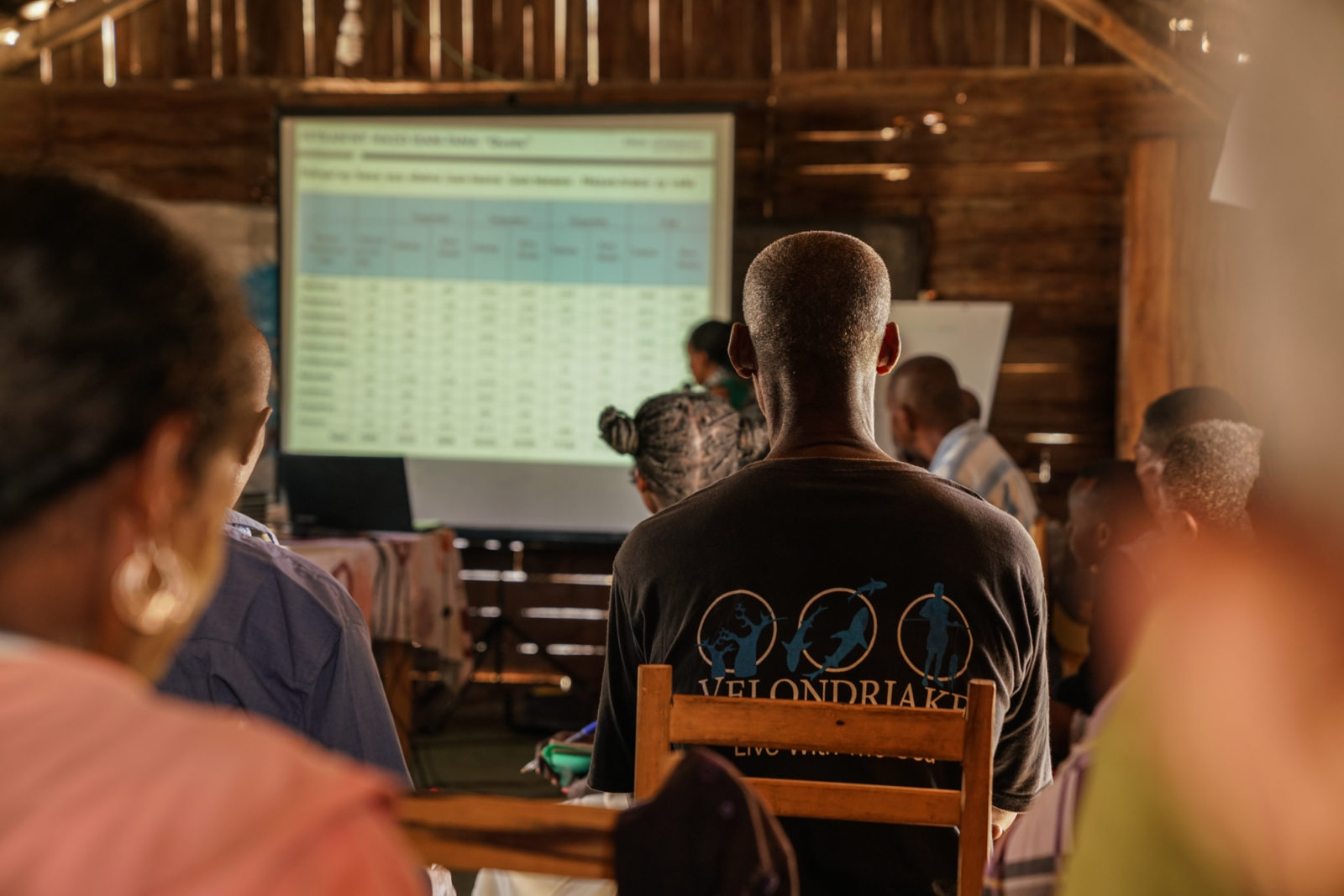
The success of Velondriake was followed by the creation of the Barren Isles LMMA in 2014, the largest community-managed marine protected area in the Indian Ocean. Today, more than 70 LMMAs have been established along Madagascar’s coasts, covering 17.7% of its continental shelf, but very few have achieved legal protected status due to the lengthy and expensive process involved in gazetting protected areas.
The rapid expansion of both marine and terrestrial protected areas stimulated a new era of innovation, research and collaboration across a wide range of stakeholders, including communities, NGOs, government agencies, educational institutions and the private sector. However, the authors explain that it also presented protected area managers with a set of important challenges that must be addressed if conservation and development efforts are to be effective in the long term.
These include i) enhancing stakeholder participation, ii) ensuring financial sustainability, iii) enforcing rules, iv) ensuring the ecological sustainability of protected areas that permit resource extraction, v) reducing the natural resource dependence of local communities through transformative livelihood change, and vi) developing long-term visions to reconcile the differing objectives of conservation NGOs and other stakeholders.
Blue Ventures works with its partner communities and MIHARI (the national LMMA network) to address each of these challenges to successful marine protected area management. Through our holistic approach, which integrates alternative livelihood development, community health and education initiatives with locally led marine management, we aim to break down the barriers that hinder effective community engagement in management.
It is now 15 years since the Government of Madagascar committed to tripling the size of its protected area system. The research highlights the country’s success in exceeding this goal is particularly remarkable given the general lack of State capacity in rural areas, the absence of adequate land tenure systems, the extreme isolation of many sites and the impacts of the 2009–2014 political crisis. This is, in part, testament to the tenacity of the many communities and conservation organisations involved in establishing protected areas despite the political and economic upheaval.
The authors conclude that while the expansion of protected area coverage is laudable, equal attention must now be paid to ensuring these new sites are effective. This further reinforces our own commitment to developing robust and replicable marine conservation management models that deliver tangible benefits for communities and the environment.
See the original research article in full
See the recent Mongabay article about this research
Visit the Velondriake LMMA yourself as a marine conservation volunteer!

